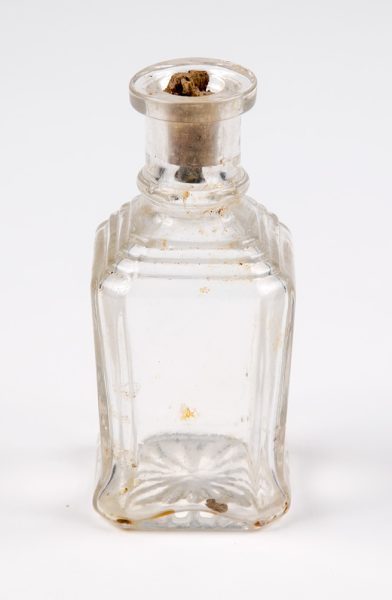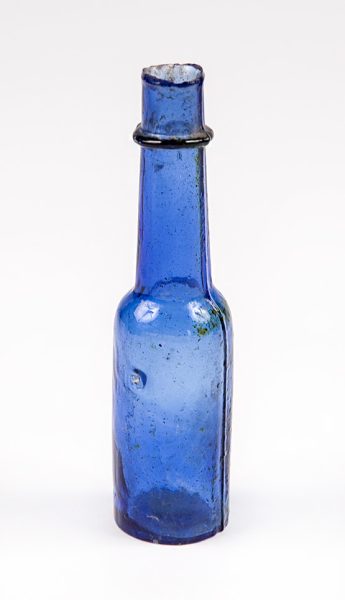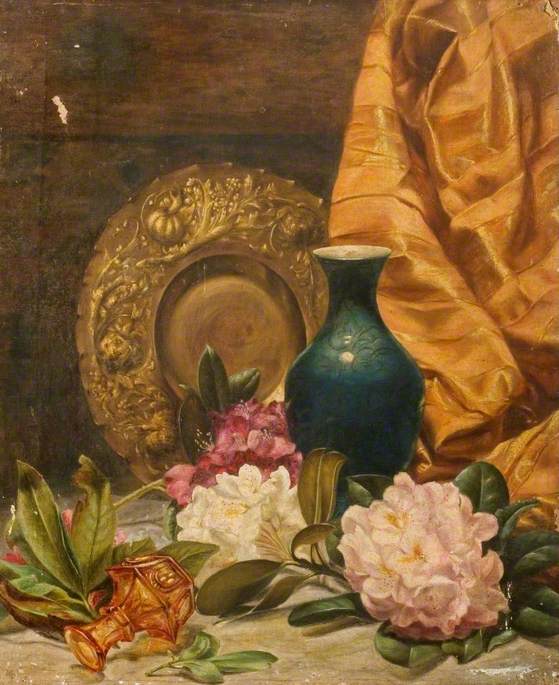Viktoria curates
What did the past smell like?
Как пахло прошлое?
I’m interested in smells, herbs and natural remedies and how these can connected the past to the present. I started my research with the painting ‘A Grecian Flower Market’, which expands on my previous project ‘What does the past smell like?’. From here I looked into other paintings that explore smells within the past which inspired me to write a piece of prose exploring my thoughts and feelings.
Меня интересуют запахи, травы и натуральные средства, а также то, как они могут связывать прошлое с настоящим. Я начала свои исследования с картины «Греческий цветочный рынок», которая развивает мою предыдущую работу «Как пахнет прошлое?». Отсюда я перешла к другим картинам, исследующим запахи прошлого, что вдохновило меня написать прозаическое произведение, в котором я выразила свои мысли и чувства.
A Grecian Flower Market
This is a painting of an ancient flower market, filled with colours and blooms against a backdrop of white stone. It’s a bright, sunny day, and there are women of different characters, ages, and classes – each with her own story, but somehow connected through the flowers. It feels as though I can almost smell the scent of roses in the air, transporting me back to that day.
I think about how scents connect us to the past… about blending visual art with the power of scent… about the multi-sensory experience of history.
The exploration of ancient scents led me to that bustling atmosphere of a flower market where those very scents would have been traded and cherished. The painting attempts to visualise the scent of those flowers, the colours evoking the feeling of their aroma… the women’s expressions… the pleasure they find in the flowers…
На картине античный цветочный рынок, наполненный красками и цветами на фоне белого камня. Светлый погожий день, женщины разных характеров, возрастов и сословий, каждая о своём и только цветы объединяют их… кажется, что можно ощутить аромат роз. Ощущение, будто перенеслась во времени и пространстве…
The Smell of the Past
When I wander with my best friend in the store he often laughs at me and my ability to hang out at the perfume counters enjoying the smells.
I love smells, I love herbs, I love making my own stuff for health and beauty, I think this love started from my childhood, came to me from my grandparents, maybe even earlier – from my great-grandfather, whom I never seen and who was a forester and healer, may be even some kind of a witchdoctor.
And all this things been used by people since ancient times. The most common perfume components in the past were: camphor, myrrh, mastic, frankincense, cumin seeds, fenugreek seeds, juniper, anise, cinnamon, peppermint, cassia bark, cypress, rosemary, a variety of spices, and lemon. Usually these ingredients were ground into powder and mixed with a base – resins of coniferous trees, honey or oil. Heavy, sweet scents were in vogue.
Когда я гуляю со своим лучшим другом по магазину, он часто смеётся надо мной и над тем, что я могу долго зависать у прилавков с парфюмерией, наслаждаясь ароматами.
Я обожаю запахи, люблю травы, люблю делать свои собственные средства для здоровья и красоты. Думаю, эта любовь началась ещё в детстве, пришла ко мне от бабушек и дедушек, а может быть, даже раньше — от моего прадеда, которого я никогда не видела. Он был лесником и целителем, возможно, даже чем-то вроде шамана.
И все эти вещи использовались людьми с древних времён. Самыми распространёнными компонентами духов в прошлом были: камфора, мирра, мастика, ладан, семена тмина, семена пажитника, можжевельник, анис, корица, мята, кора кассии, кипарис, розмарин, различные специи и лимон. Обычно эти ингредиенты растирали в порошок и смешивали с основой — смолами хвойных деревьев, мёдом или маслом. Тяжёлые, сладкие ароматы были в моде.
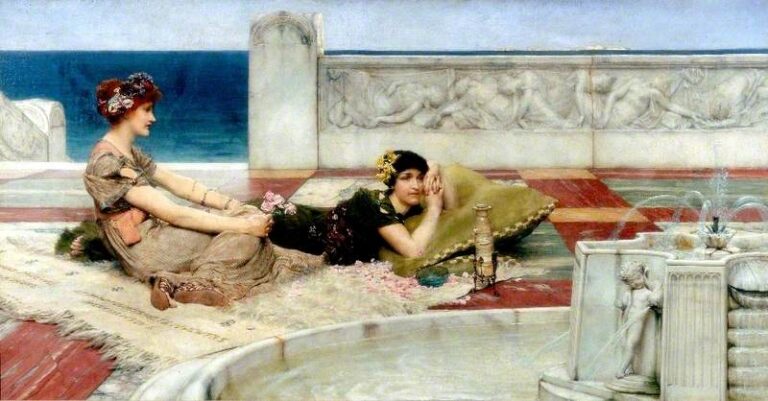
Perfume Bottles
One of the first bottles appeared in Ancient Greece. Cretan land has always had many kinds of plants: lilies and roses were added to water and oil.
Fragrant infusions were obtained, which the locals used with great pleasure as incense for the home and body products. The Greeks hung small vessels ‘with ears’ on their clothes and carried them with them. Larger containers with a stable bottom (ariballs) were installed indoors, and long jugs (alabasters) were hung in gymnasiums, so that it was convenient for young men to use fragrant oils in between training and classes.
Expensive perfume was used by the upper class. An example of this is the Roman emperor Nero, who loved rose’s smell so much, even ordered to fill the seats of the armchairs with them and made a special system in the ceiling of his palace, which irrigated all his guests with the rosewater.
Одни из первых флаконов для духов появились в Древней Греции. На Крите всегда было много разных видов растений: лилии и розы добавляли в воду и масло.
Получались ароматные настои, которые местные жители с большим удовольствием использовали в качестве благовоний для дома и средств для ухода за телом. Греки вешали маленькие сосуды с «ушками» на одежду и носили их с собой. Более крупные сосуды со стабильным дном (арибаллы) ставили в помещении, а длинные кувшины (алабастры) вешали в гимнасиях, чтобы молодым людям было удобно использовать ароматные масла между тренировками и занятиями.
Дорогие духи использовались представителями высшего класса. Примером этого является римский император Нерон, который настолько любил аромат роз, что приказал набивать сиденья кресел лепестками и создал специальную систему в потолке своего дворца, которая орошала всех его гостей розовой водой.
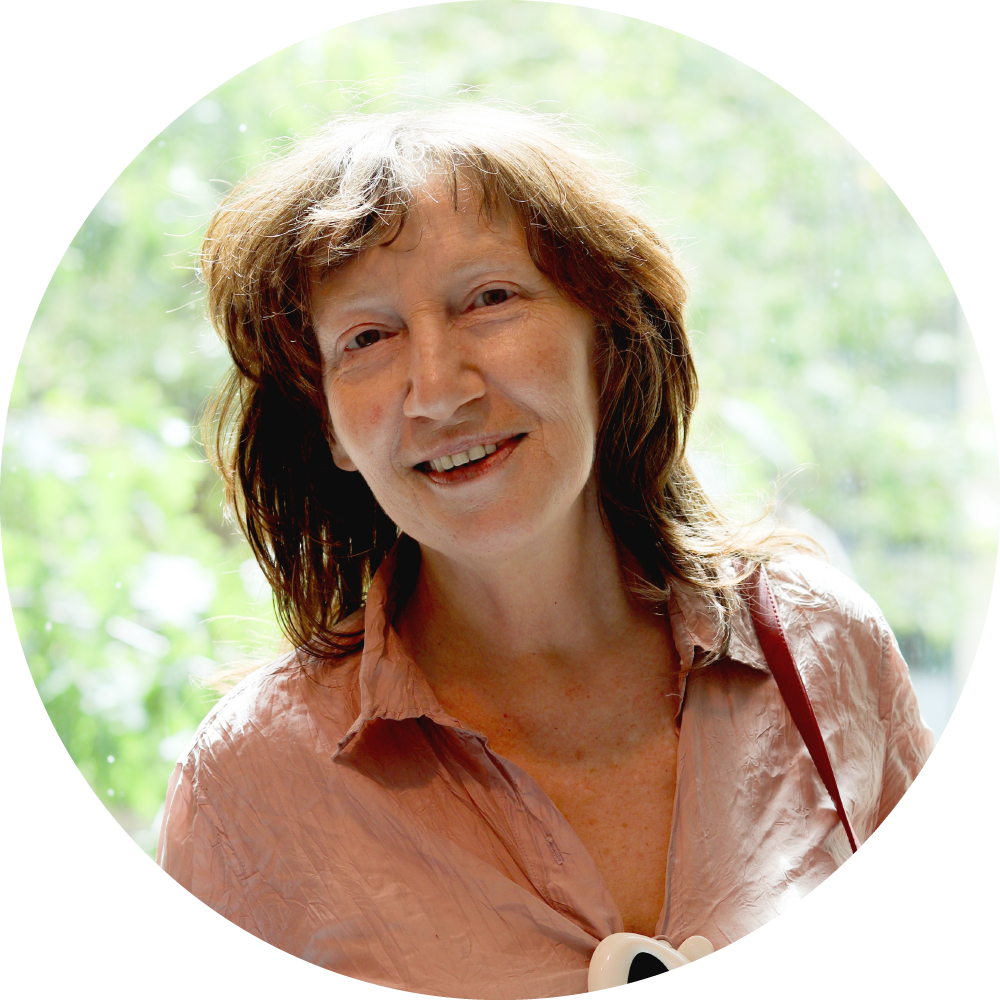
Viktoria's Commentary (English)

Viktoria's Commentary (Russian)
